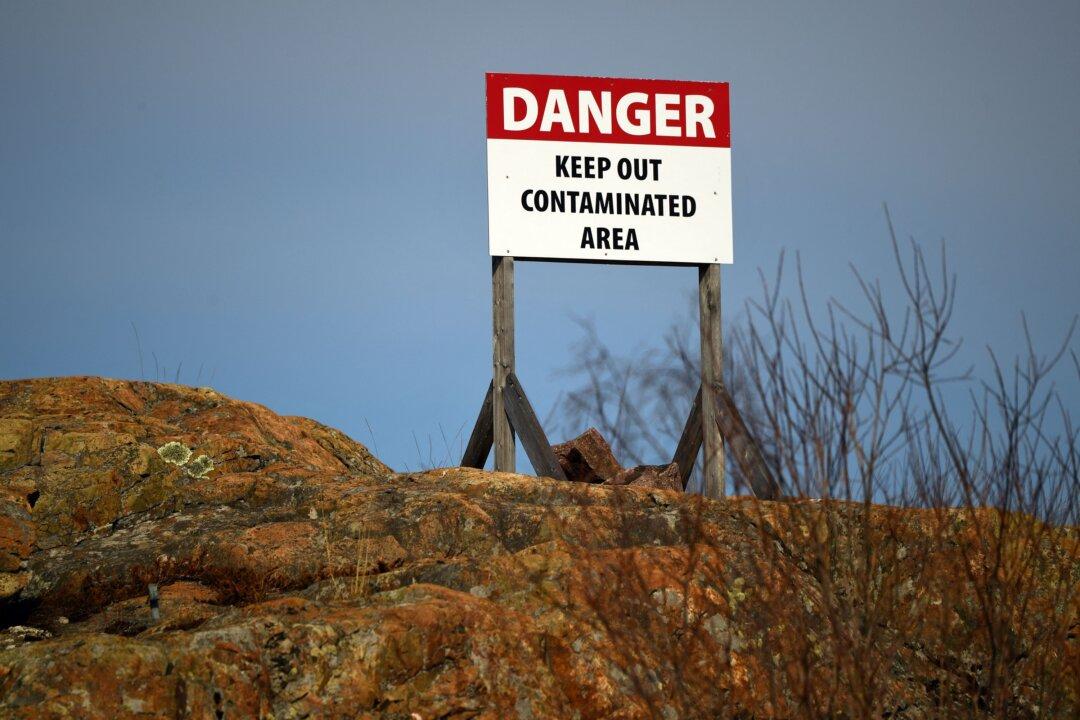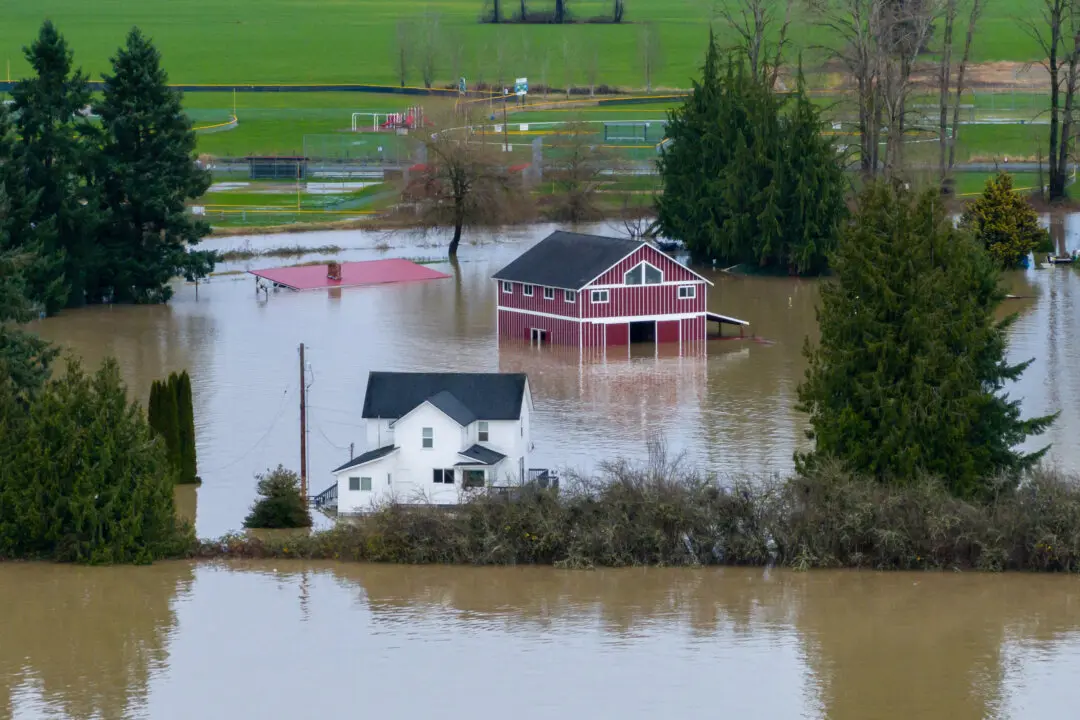WICHITA, Kans.—Kansas health officials have identified elevated levels of liver cancer among people living in several neighborhoods in Wichita where groundwater was polluted by a rail yard chemical spill.
The Kansas Department of Health and Environment released a study Friday that found a liver and biliary tract cancer diagnosis rate of 15.7 per 100,000 people in the contamination zone, which was more than double the statewide rate of 6.4 per 100,000, The Wichita Eagle reports.





